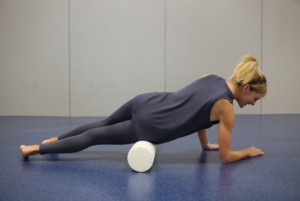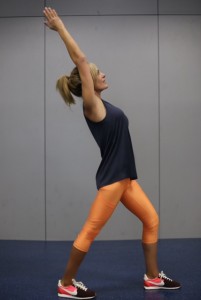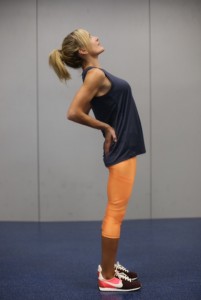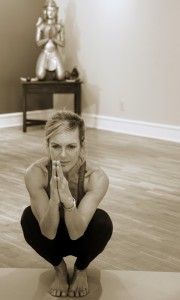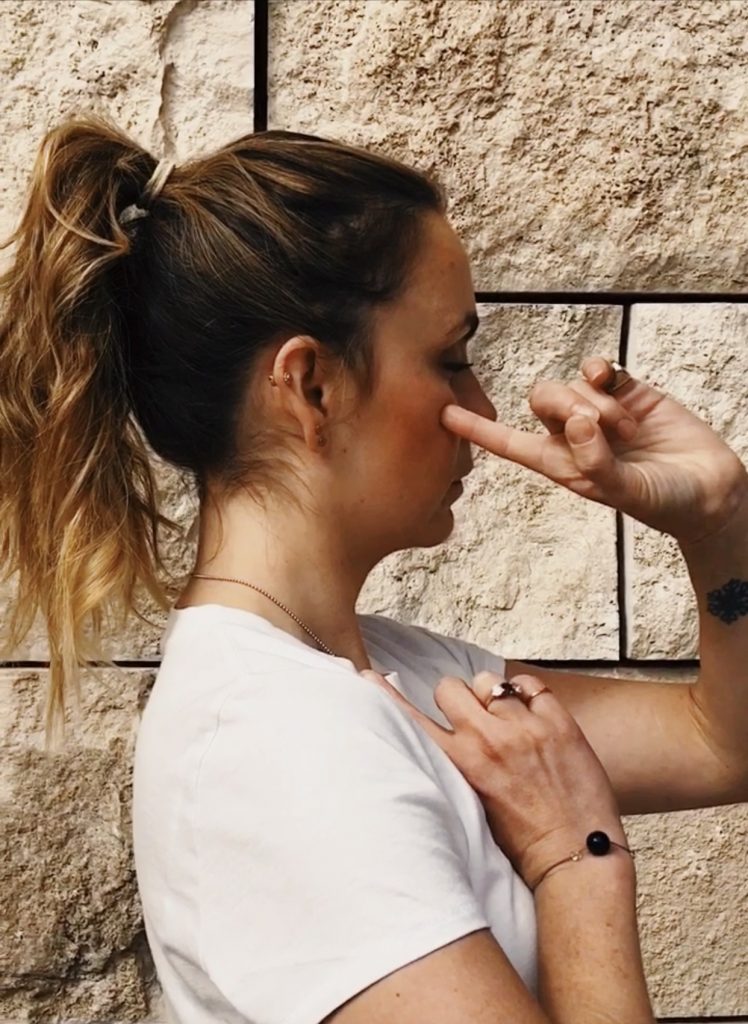
- by CONNIE ARONSON
If you feel like you have the weight of the world on your head right now, it could be time to change that situation. If it’s your habit that your head juts forward and is ahead of your shoulders, muscular neck and head pain could be the culprit. It’s very possible that headaches, jaw pain or grinding noises in the jaw could be the result of your forward head. When you have a forward head position, your body’s center of gravity shifts forward and increases the weight of your head in relation to the body. Your head effectively weighs almost as much as two bowling bowls, if it is only 2 inches forward and out of alignment with your upper back.
Imagine the head as round as a ball perched on top of the spine. In real life, the head rests on the most mobile part of the spine, the neck. Because of the small base it sits on, the head becomes more like a large ball sitting precariously on a seal’s nose. The numerous neck muscles that hold your head up all work together to keep your head sitting correctly on top of your shoulders, whether you’re riding a bike, doing crunches, walking or running. However, if you are constantly looking down at your phone, or watching a lot of television, the front neck muscles become weak from being continually stretched forward. When you align the head in an optimal anatomical position, you align the entire upper back, shoulder girdle and ribcage.
There are two common muscle imbalances in the head and neck. One is your head being too far forward, (forward head) and the second one is excessive cervical lordosis, when the muscles in the back of the neck are chronically shortened. For example, suppose you are watching a great movie on a big screen, and you sit slouching, looking up. Sitting like this causes the position of your neck to arch backward to keep your eyes on the show. This position of holding your head up, with your eyes looking up, is a deviation. You’re slumped. When you later try to correct your posture by tucking your chin, those very muscles and fascia on the back of your neck can feel painful or irritated.
Quick fix: How to tell if your head is too far forward
Here is a quick and easy assessment to see if you have forward head. You can also do this alignment check at any time during the day to see if you are practicing good head carriage and posture.
- Sit on the edge of a chair. With your index finger, find the part of your cheekbone that protrudes outward most, just below your eye. Gently place your index finger there.
- With an imaginary line, place your other index finger directly below your top finger, on your collarbone. They should be vertically aligned.
- If the end of the finger on your cheekbone is ahead, your head is too far forward
Tennis ball rejuvenation
A tennis ball is a great inexpensive tool to help you loosen up tight sore muscles. Lying down, place a tennis ball on one side of your neck, and move around a little to find a sore spot. Once there, try to breath and relax on that particular spot. Do for one minute, every day, on each side of the neck. Click on video to see the exercises: vimeo.com/manage/427520367/general.
Connie Aronson is an ACSM-certified exercise physiologist at the YMCA in Ketchum. Learn more at www.conniearonson.com.

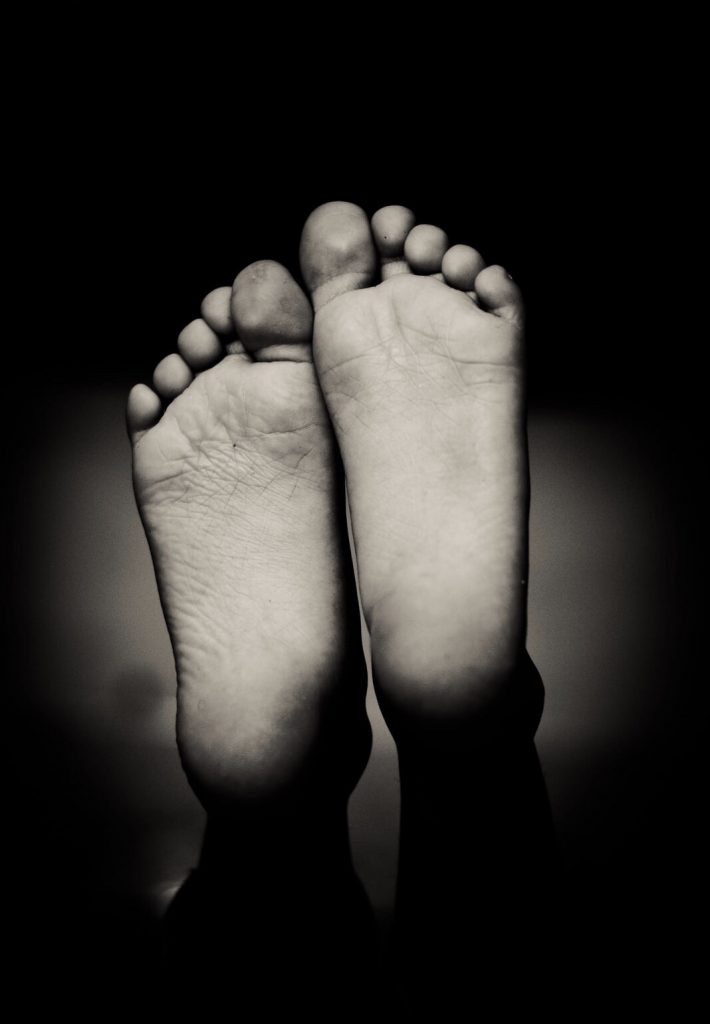

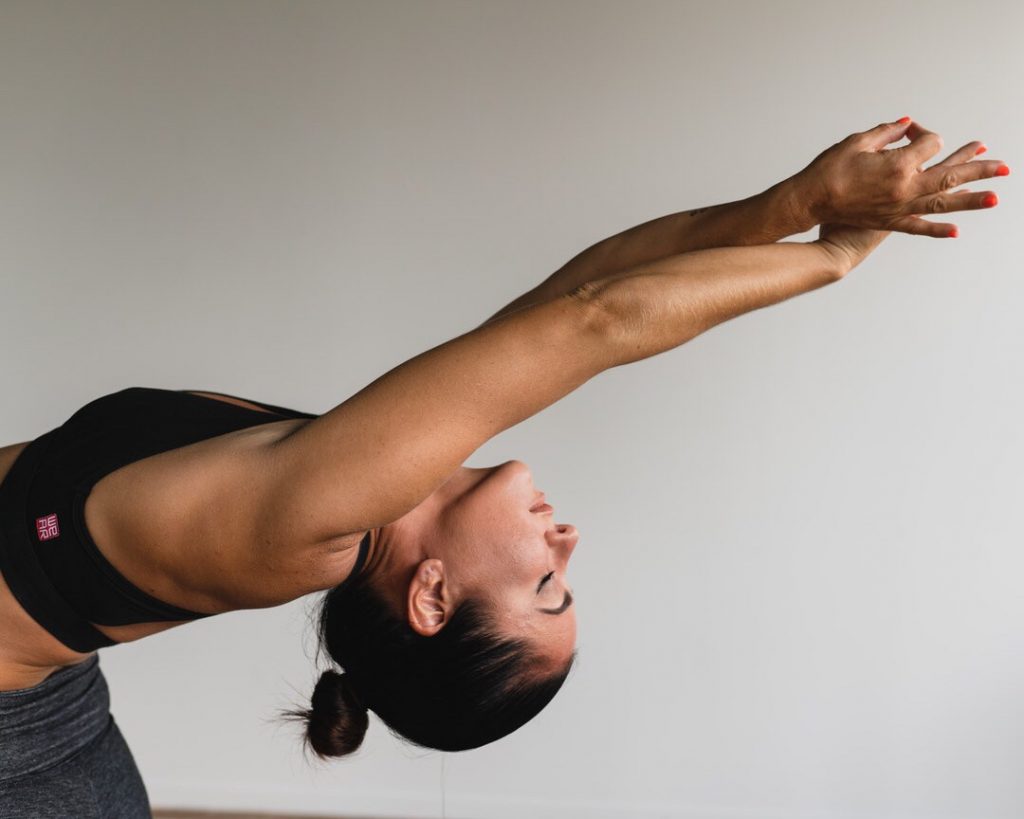

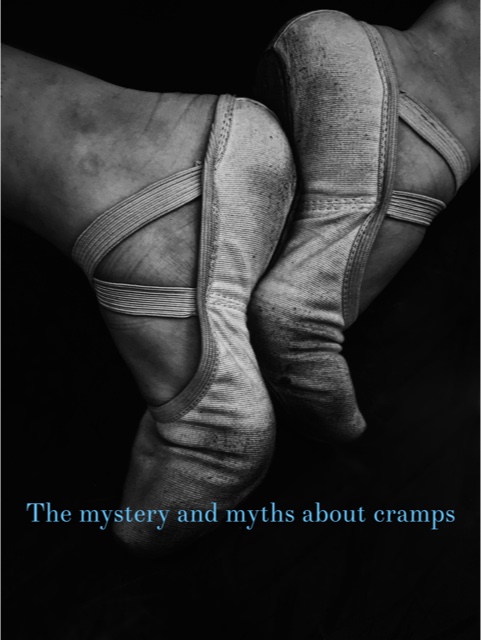

 When you stand tall and lift your chest, don’t you feel much better? You look better also, as your posture improves. Breathing capacity improves, as your diaphragm lifts to help expand your lungs. We need to breathe to live. Breathing sustains us and can also teach us about our current physical and psychological state. You get some great news, hold your breath in anticipation, or exhale out to relax more. Our wavelike breathing is our life force, but did you know that breathing out makes you lose fat?
When you stand tall and lift your chest, don’t you feel much better? You look better also, as your posture improves. Breathing capacity improves, as your diaphragm lifts to help expand your lungs. We need to breathe to live. Breathing sustains us and can also teach us about our current physical and psychological state. You get some great news, hold your breath in anticipation, or exhale out to relax more. Our wavelike breathing is our life force, but did you know that breathing out makes you lose fat?